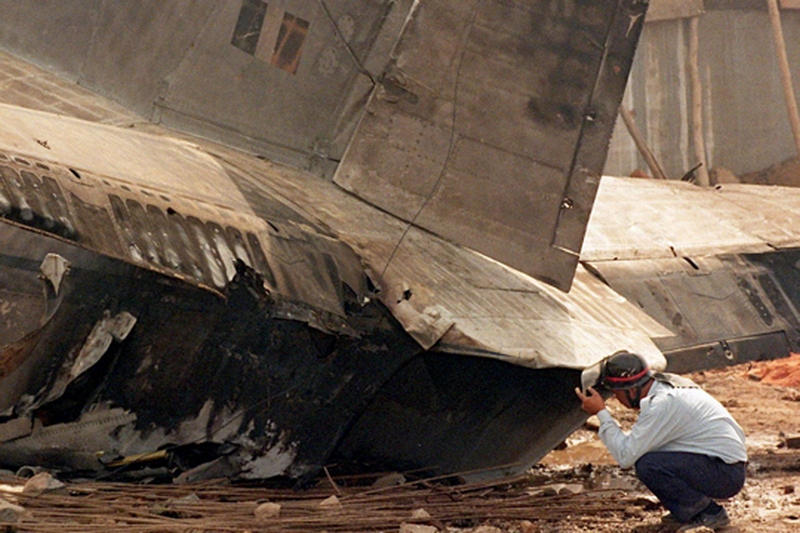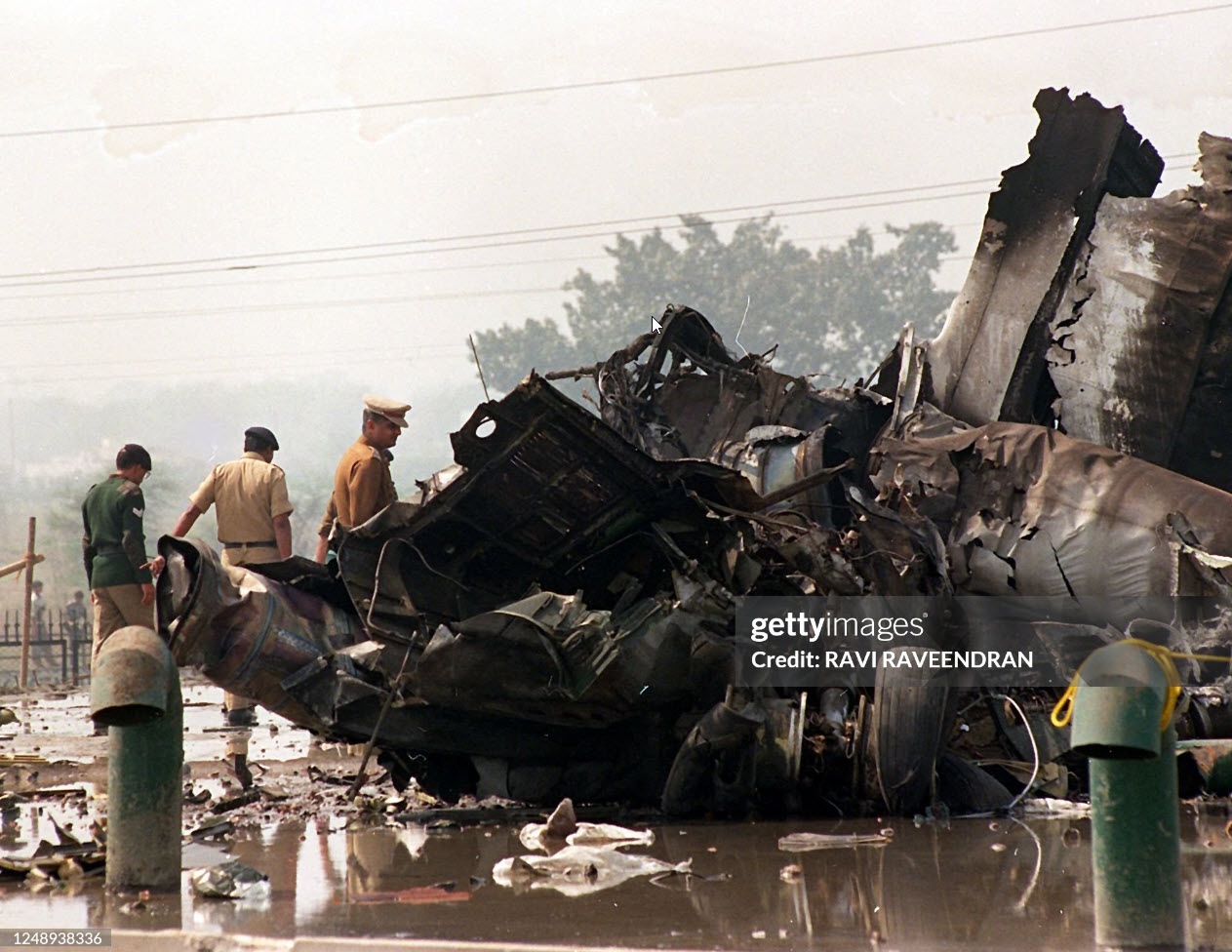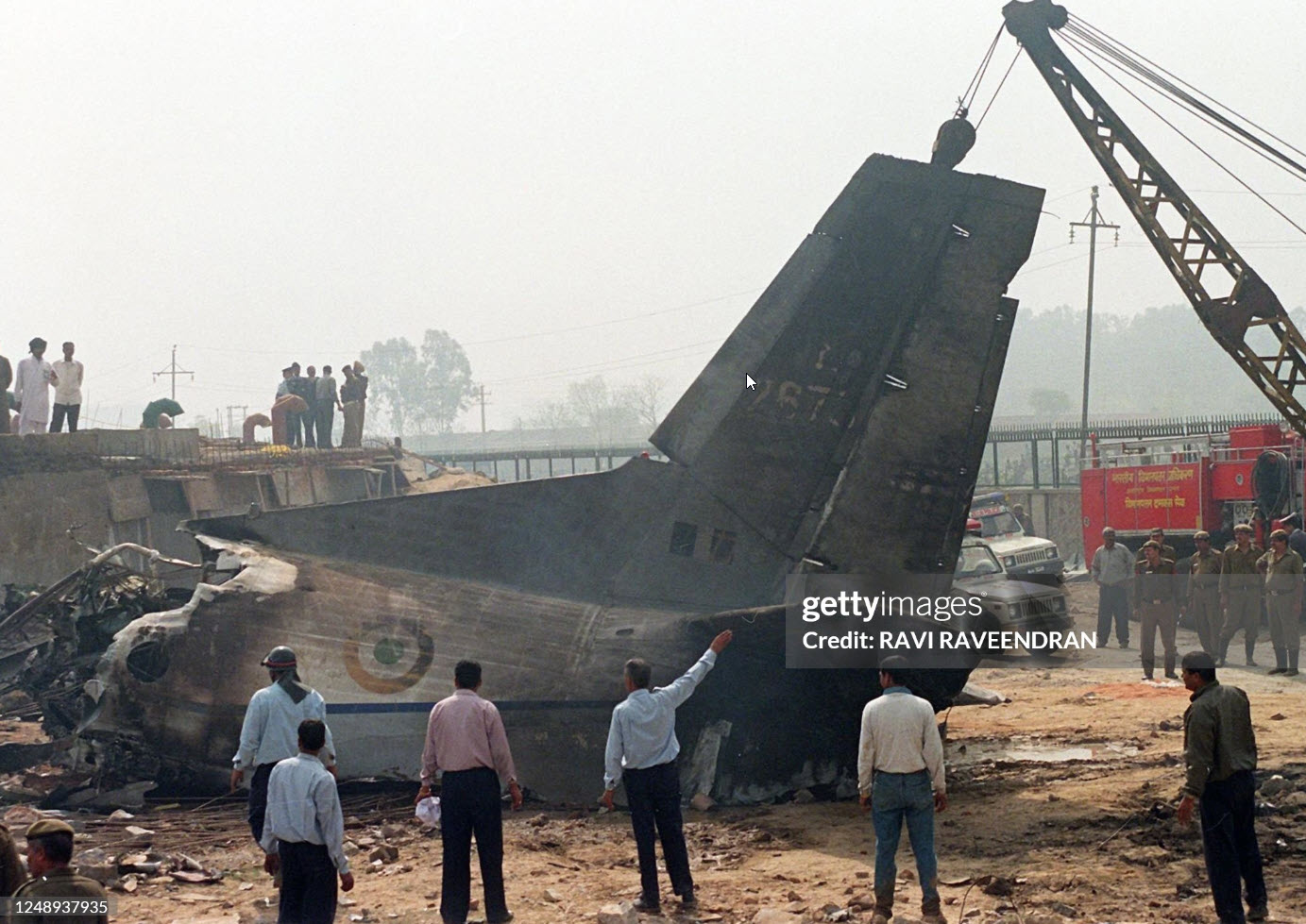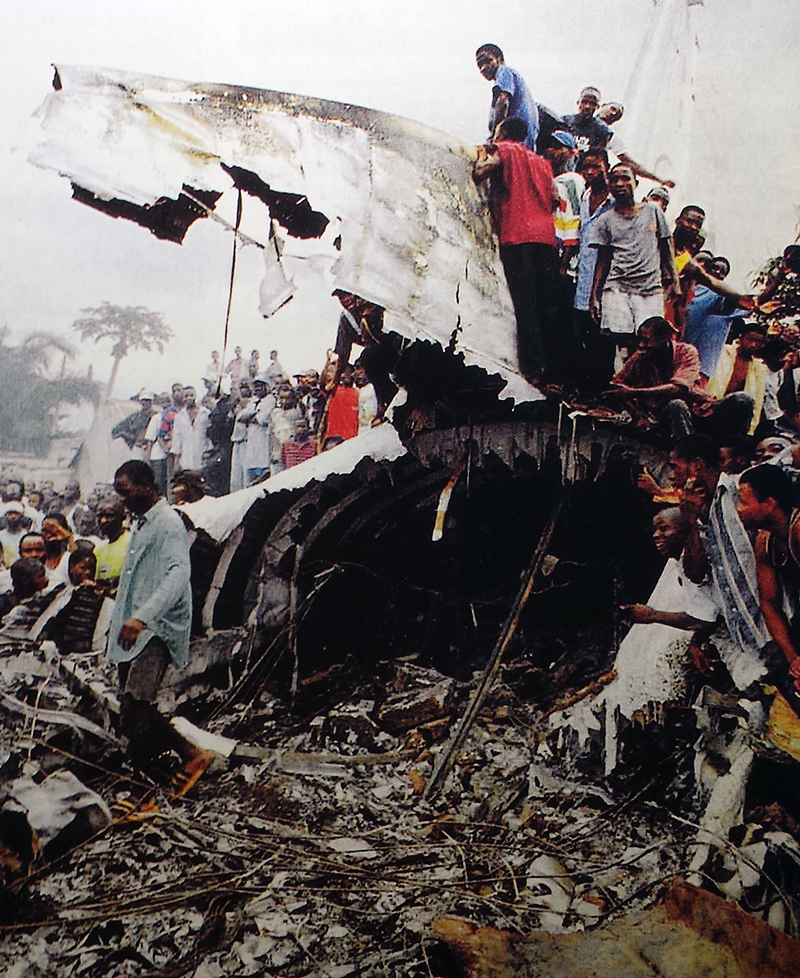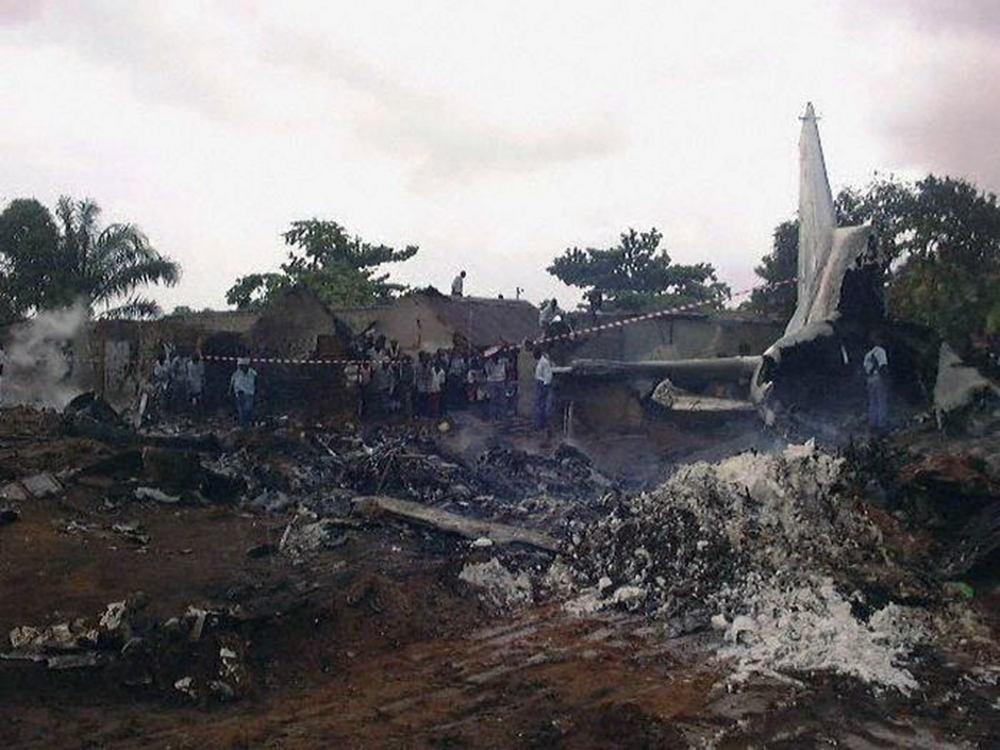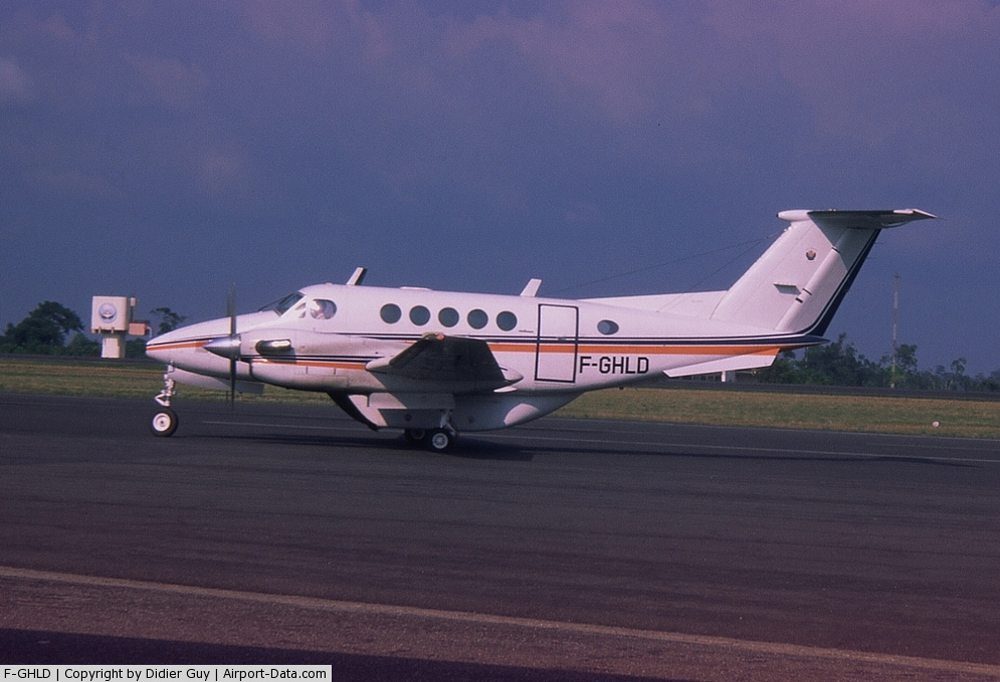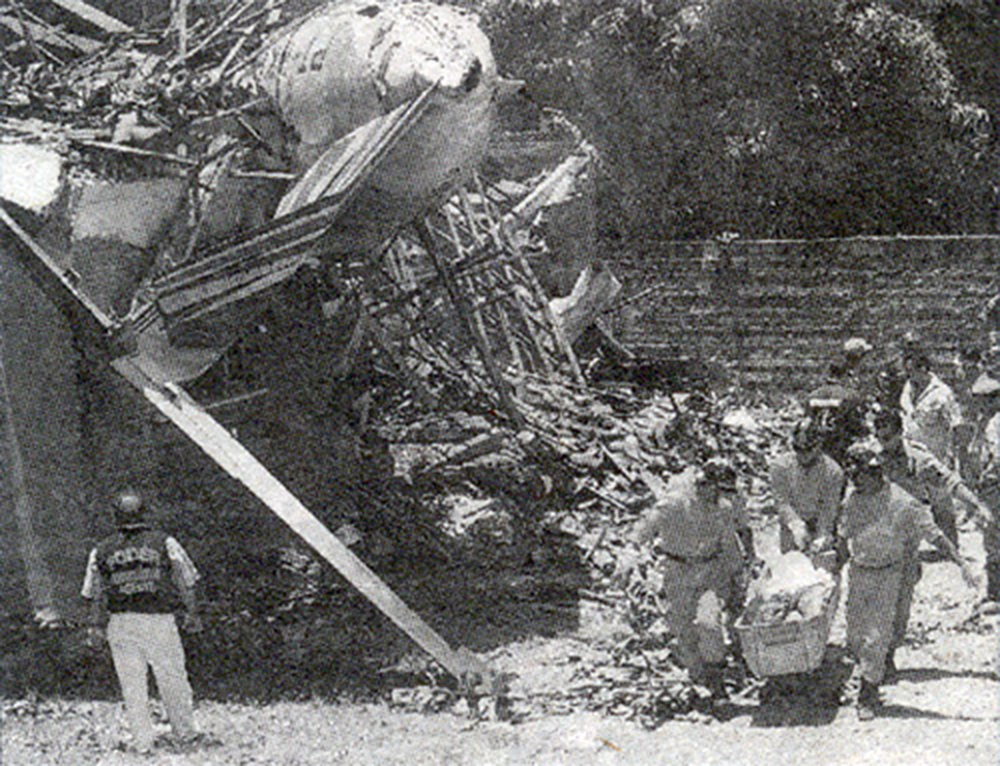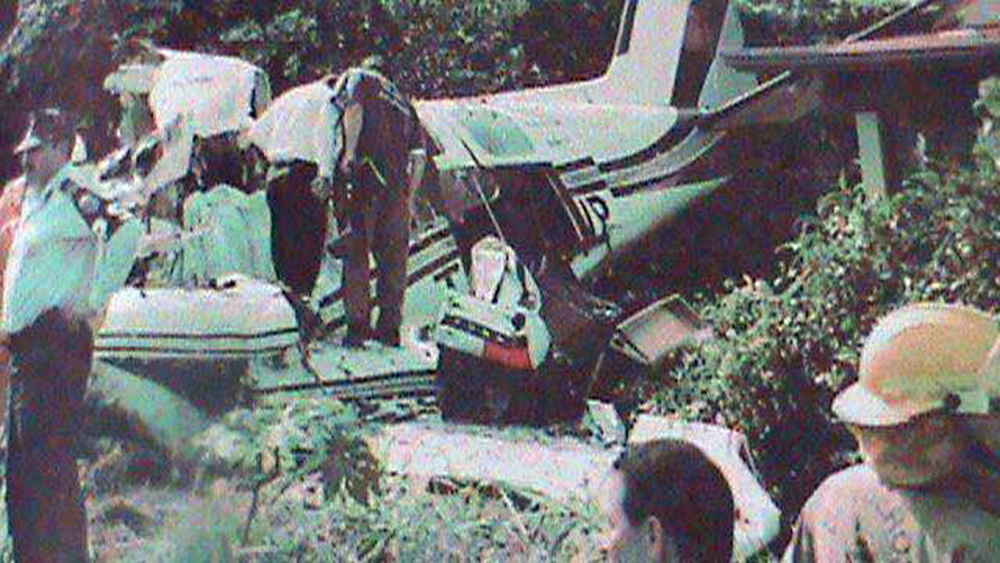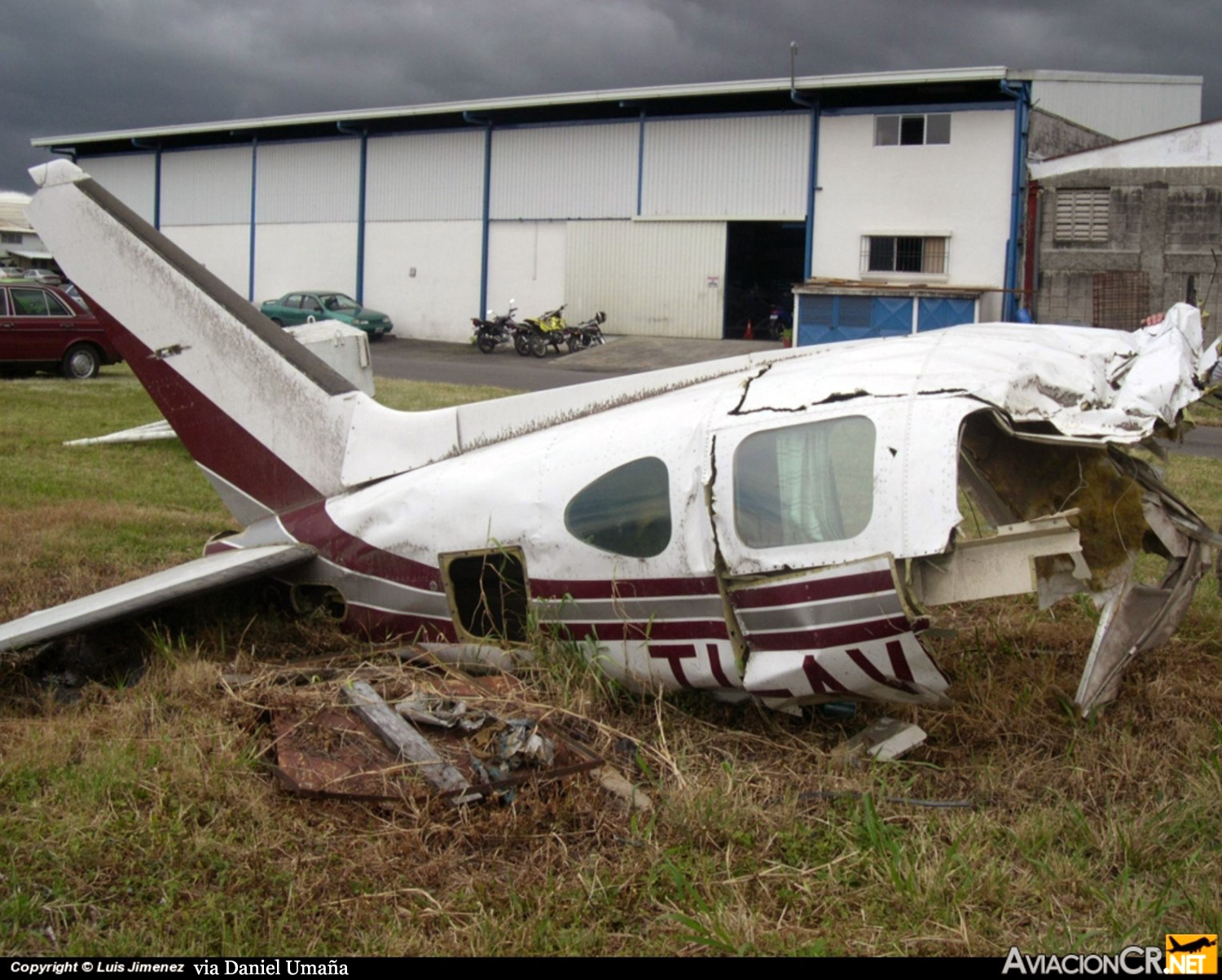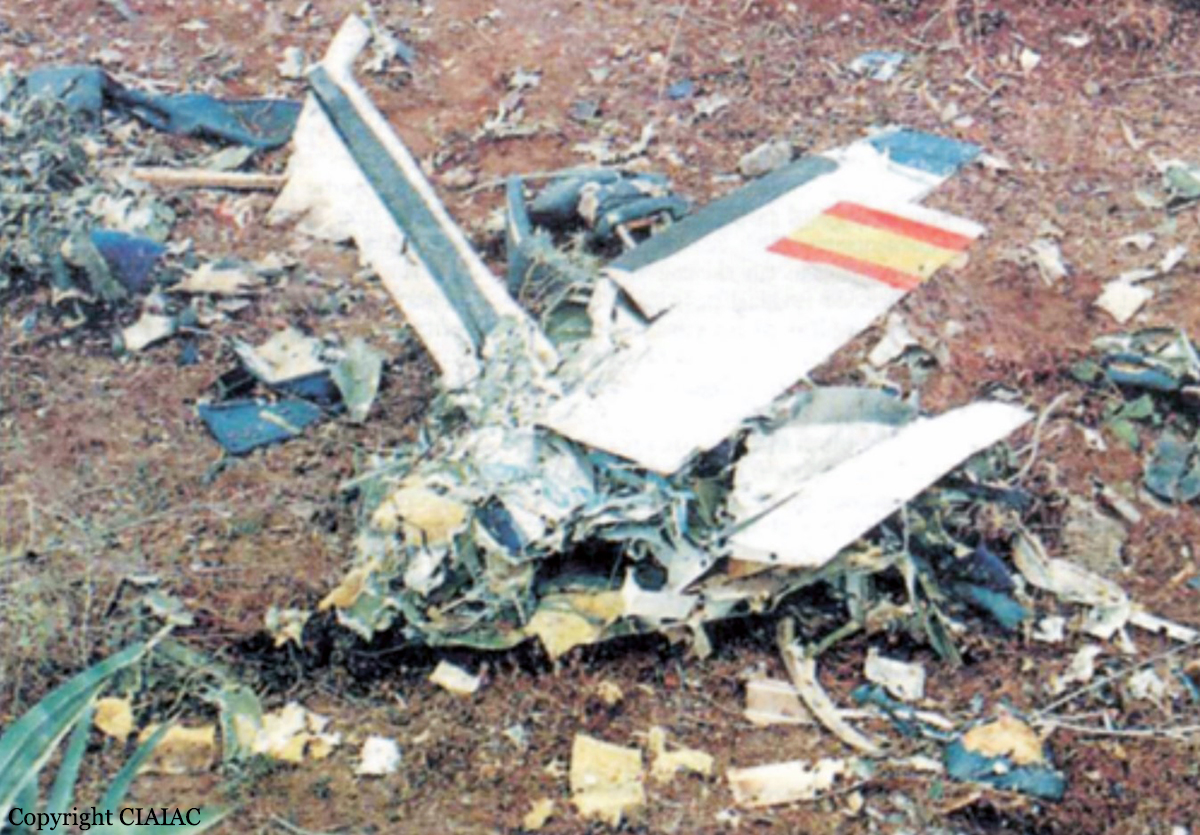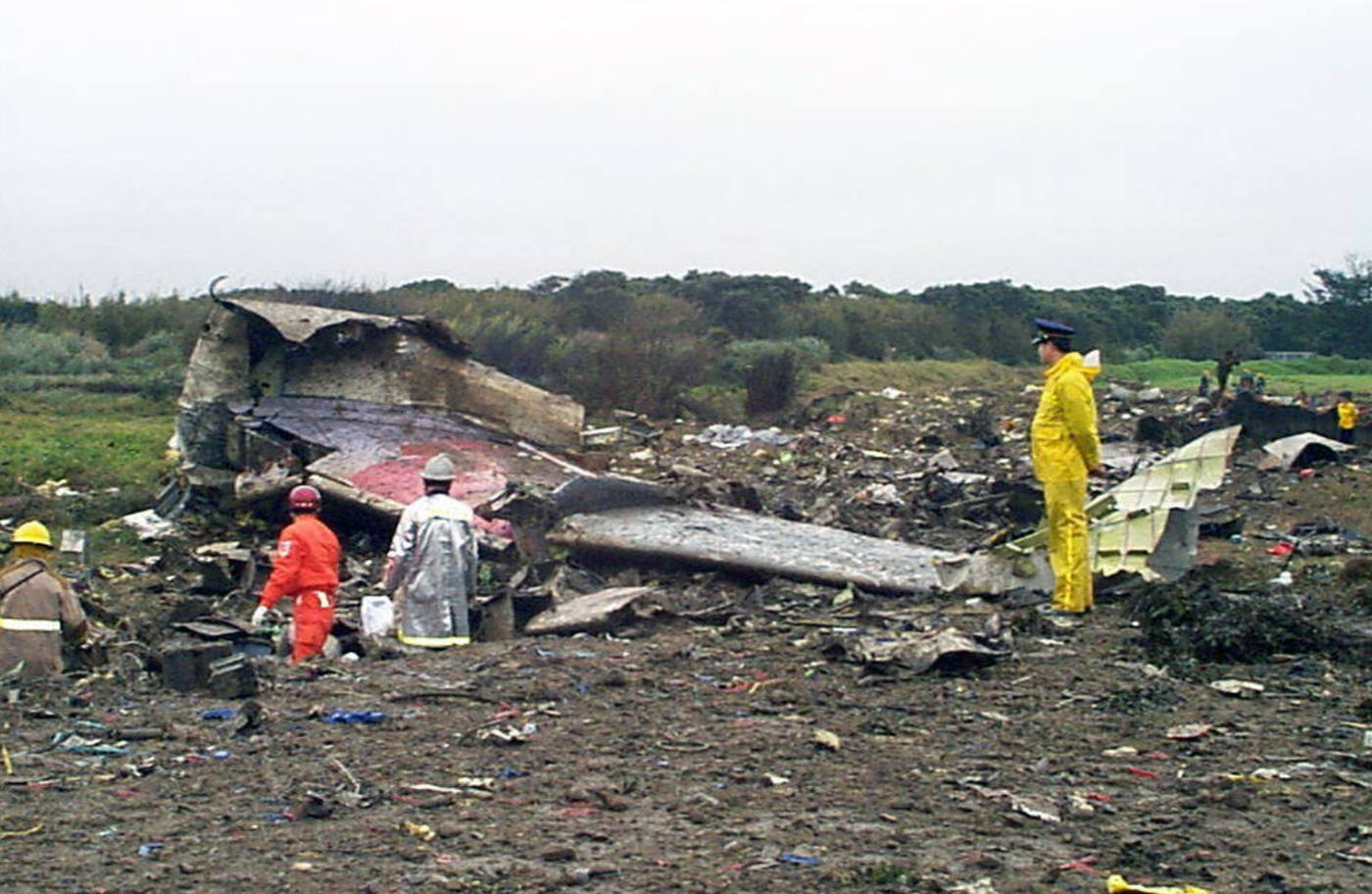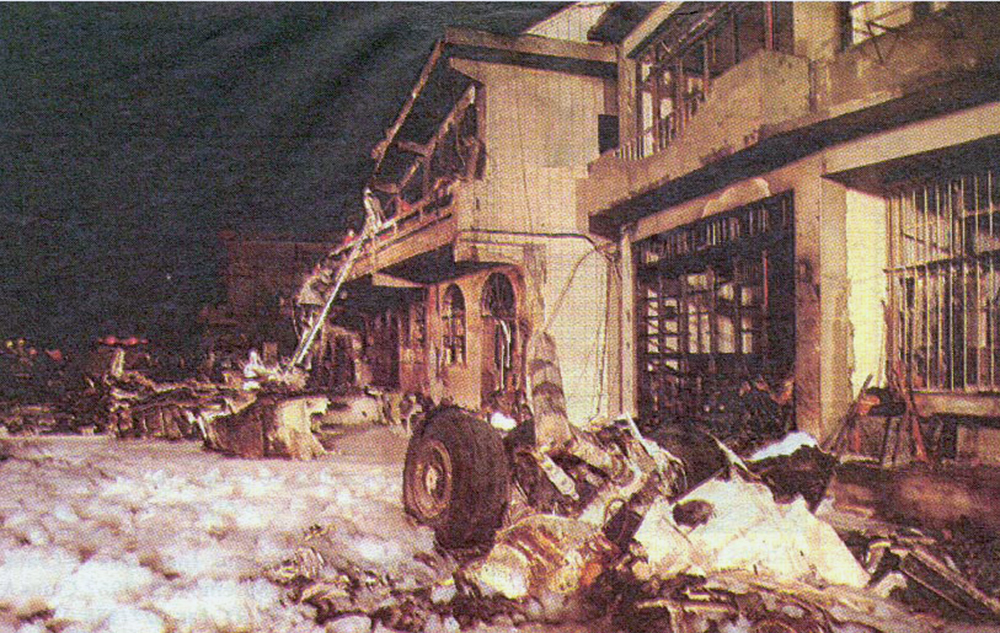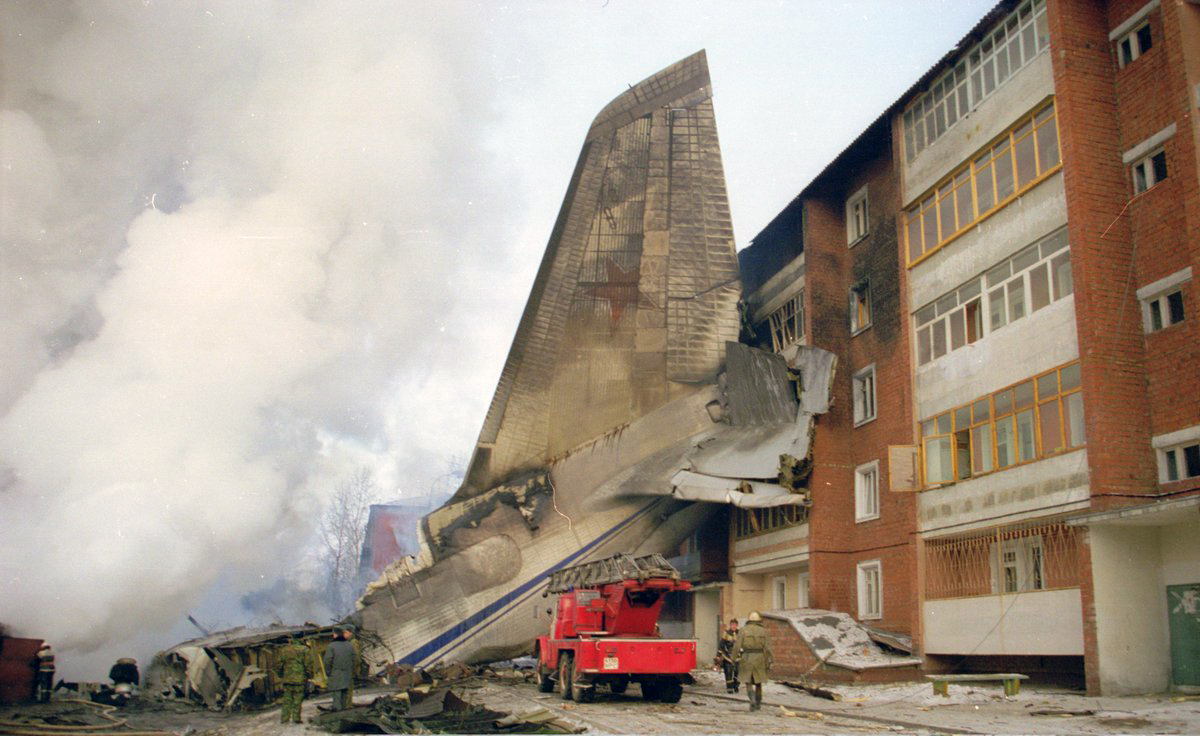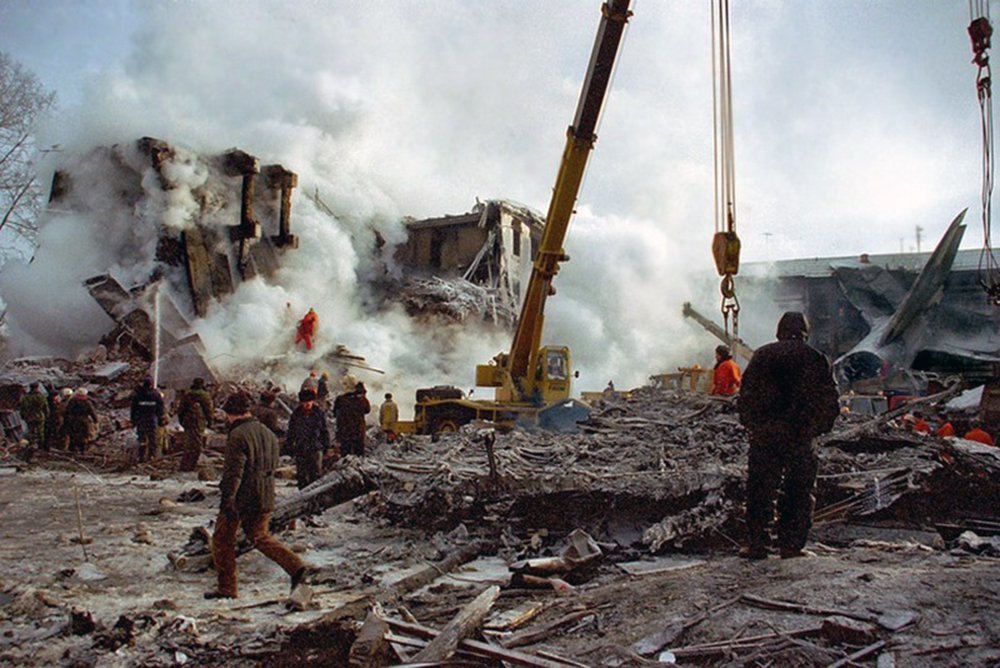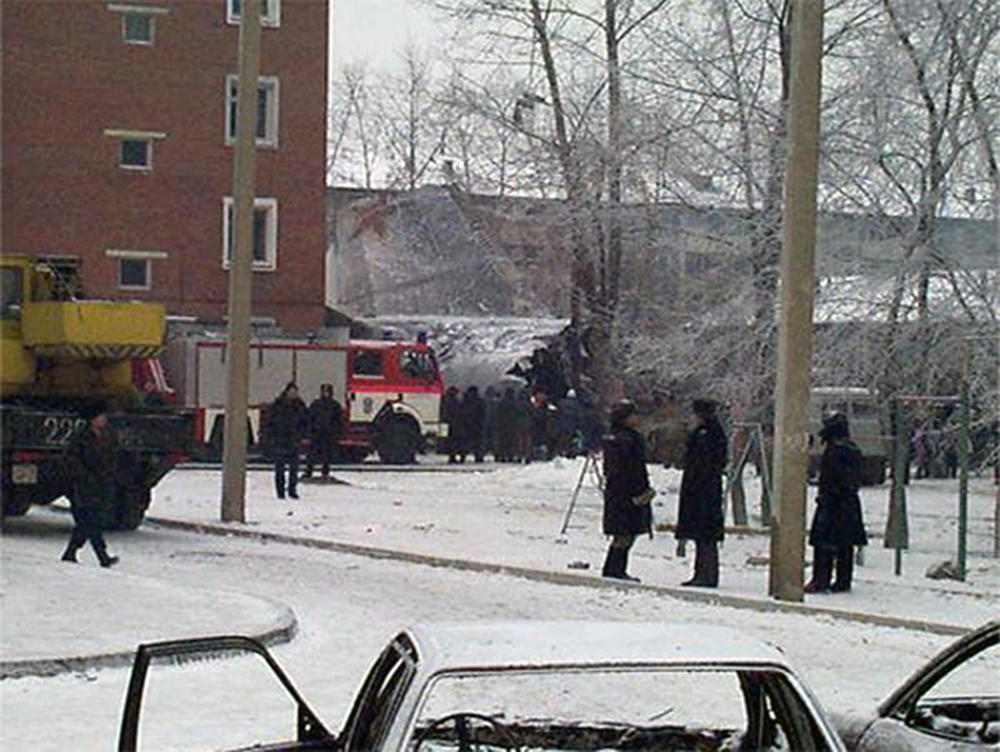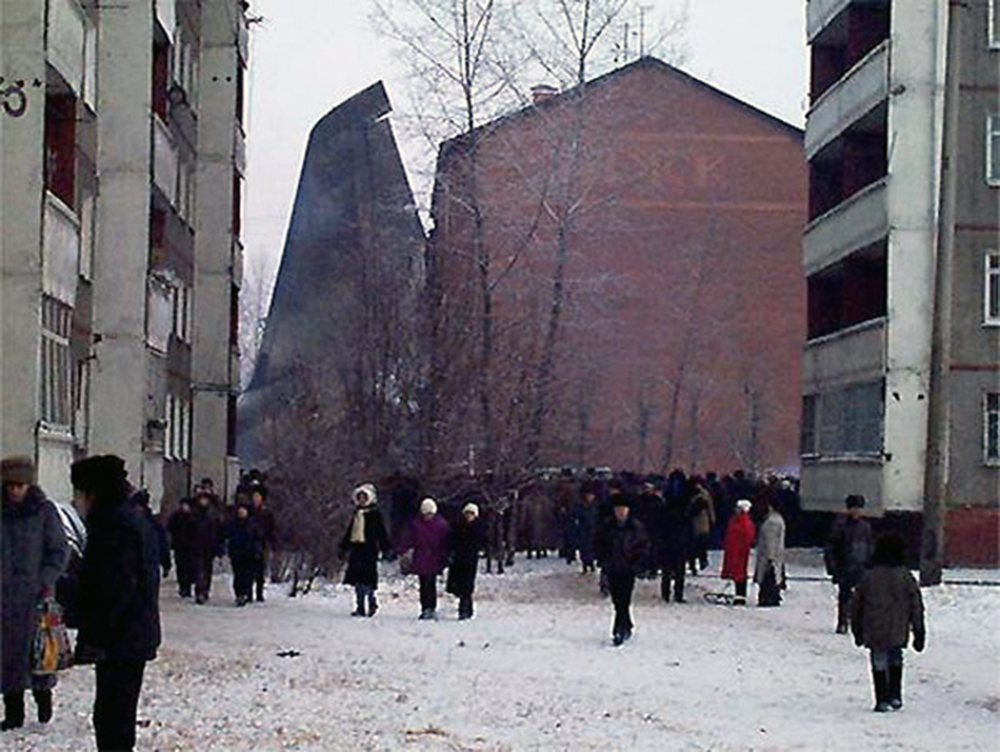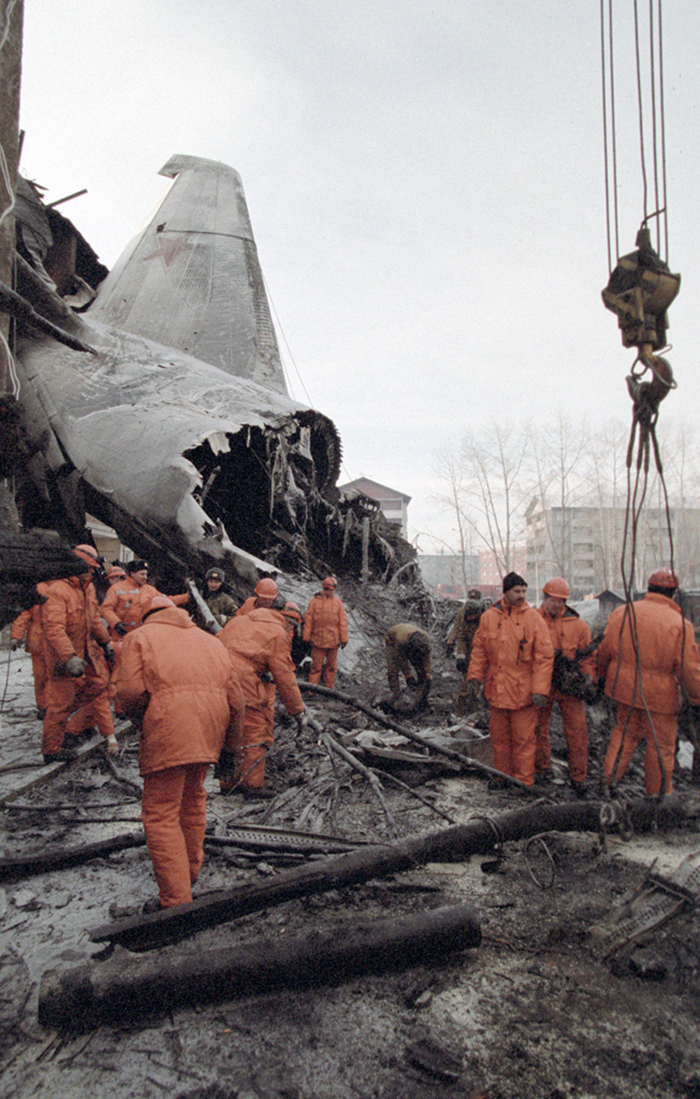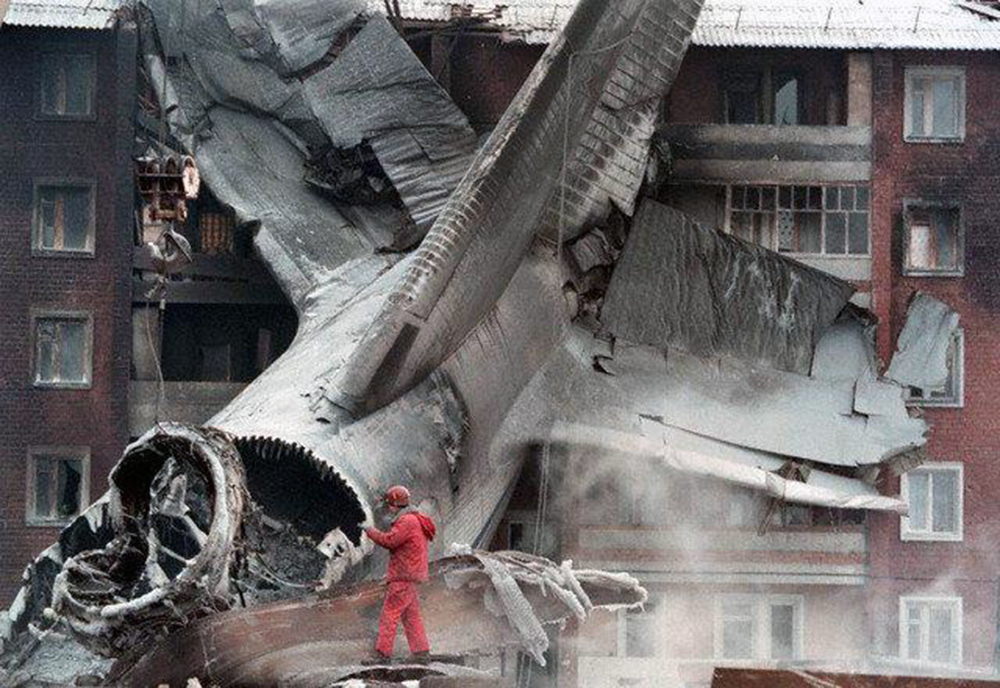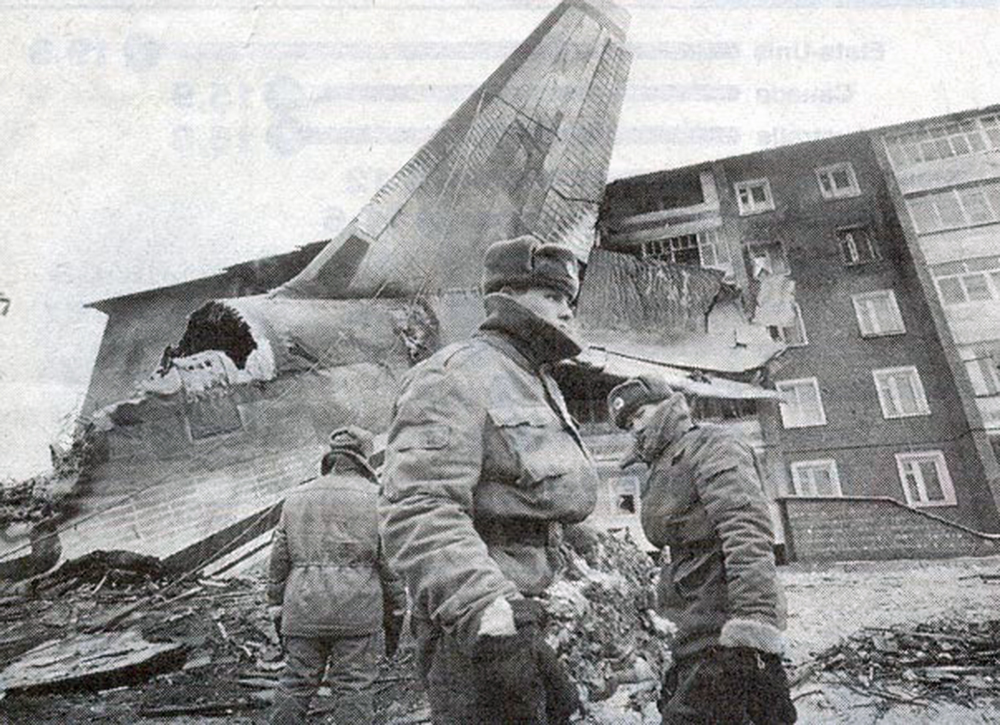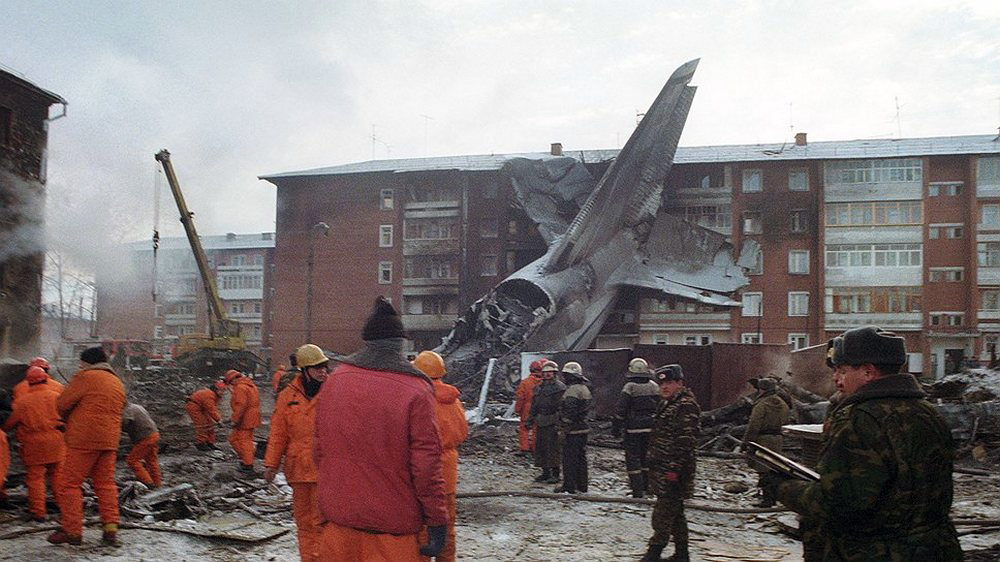Crash of an Antonov AN-32 in New Delhi: 21 killed
Date & Time:
Mar 7, 1999 at 0822 LT
Registration:
K2673
Survivors:
No
Schedule:
Gwalior – New Delhi – Pokhran
MSN:
108
YOM:
1984
Crew on board:
4
Crew fatalities:
Pax on board:
14
Pax fatalities:
Other fatalities:
Total fatalities:
21
Circumstances:
While descending to New Delhi-Indira Gandhi Airport runway 10, the crew encountered poor visibility due to thick fog and requested ATC assistance. On short final, the crew failed to realize his altitude was insufficient when the aircraft struck successively a concrete water tank and power cables then crashed in the Pappankalan district, about 2,4 km short of runway. The aircraft and a building were destroyed. All 18 occupants were killed as well as three people on the ground.
Probable cause:
The crew was completing the final approach below the minimum safe altitude in reduced visibility due to thick fog.
